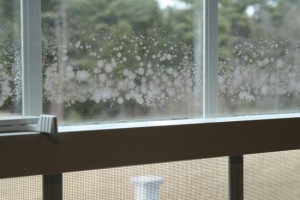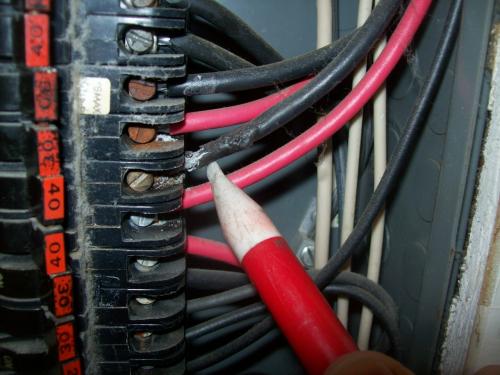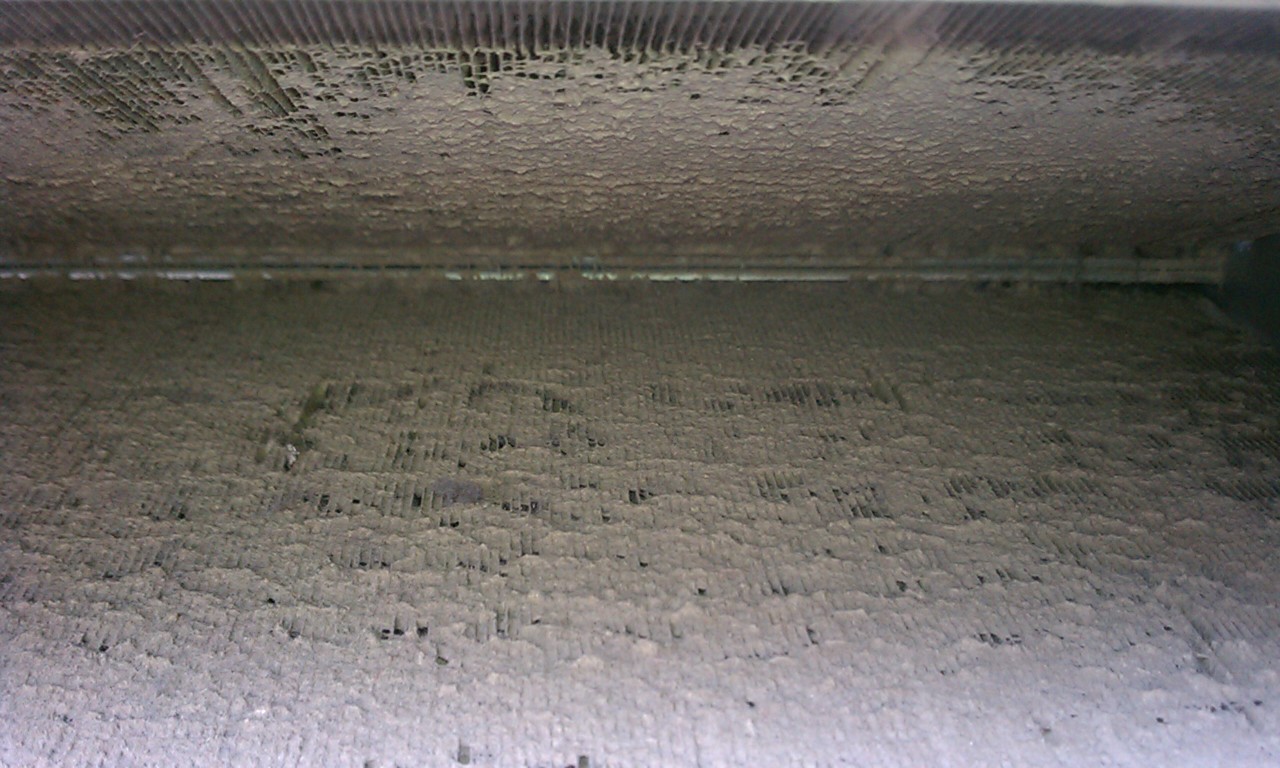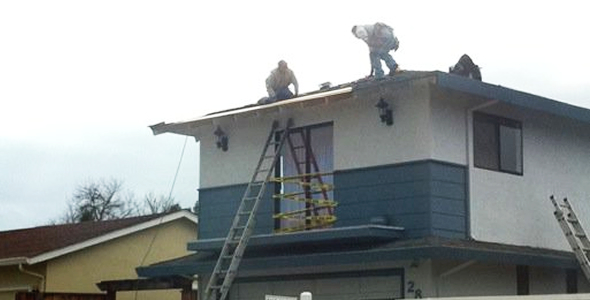Home Inspection
A home inspection is a broad, general assessment of a home. Home inspections will differ based on the type of property and its location. A large, older home in downtown Alameda, for example, will require a more specialized inspection than a new condominium in San Ramon. However, the following areas are generally covered by all home inspections.
For more information, we recommend the California Real Esate Inspection Association FAQ page.
Structure
A home’s structure, or framework, affects how the building withstands earthquakes, weather and changes in the soil beneath it. Components such as foundation bolts, hold-downs and anchors are important parts of the framework. Most of these are concealed beneath the finished floors and behind wall surfaces.
The inspector checks that the visible bolts and anchors look correctly installed. For example, if there are no foundation bolts, or there are clues that there may be a problem how support posts are performing, the inspector will recommend enlisting a qualified professional for further assessment and a repair estimate. Some older homes are un-reinforced because it was not required when they were built.
Exterior
The inspector should look at sidewalks, driveways, steps, windows, and doors. A home’s siding, trim, and surface drainage also are part of an exterior inspection.
- Doors and Windows Do windows and doors close and open properly? Do latches function? In the Bay Area, failed window seals are common, even in newer homes. Failed window seals may not only become unsightly, but may fail to provide insulation against excessive heat loss or heat gain through the glass surfaces. For more information see the InterNACHI article “Condensation in Double-Paned Windows.”

Failed window seal

Failure of MDF simulated wood grain siding. Water is absorbed through bottom edge and nail penetrations, leading to swelling and decay.
- Siding (brick, stone, stucco, vinyl, wood, etc.) Your inspector may point out signs of early failure, improper installation and the need for additional maintenance. Because most houses have thousands of square feet of siding, repairs can become expensive.
- Driveways and Sidewalks Settlement and ground movement may cause cracks to form or create trip hazards. Attached porches, decks, and balconies may begin to fail from weathering. Whether or not these attached structures are properly flashed may affect that part of the house.
- Roofing A well-maintained roof will protect you from rain for many years. Inspectors estimate the roof’s age and note signs of wear. They may comment on the condition of flashings, roof drains, gutters, downspouts, skylight, and chimneys. Any penetration in the roof surface creates potential for leakage.
Plumbing
Inspectors examine the water supply, drainage systems and water heaters. In older houses, improperly connected pipes may develop leaks. For example, new copper water supply pipes may only be connected to galvanized water pipes with a dielectric union or brass nipple. Direct attachment creates corrosion through galvanic action and may eventually cause a leak.

Galvanized drain pipe is subarea that has developed multiple pinhole leaks
Electrical
Safe electrical wiring is essential. Inspectors look for proper circuit grounding, overload protection, and for unsafe conditions. For example, when adding a circuit to an over-crowded panel, some homeowners wire two circuits into the same breaker. This is known as “double-lugging,” an unsafe wiring method.

Charred wire jacket from overheated circuit
Heating & Air Conditioning
The home’s heating system, vent system, flues, and chimneys should be inspected. The inspector looks as signs of failure or leakage at the water heater. Your inspector checks the cooling system for proper, safe opertion. Any visible disconnected or improperly supported ducts are noted. The safe venting of combustion gases is especially important because of the potential of carbon monoxide gas entering the living area.

A dirty air conditioner coil, like this one, can cause substantial energy waste.







 English
English


